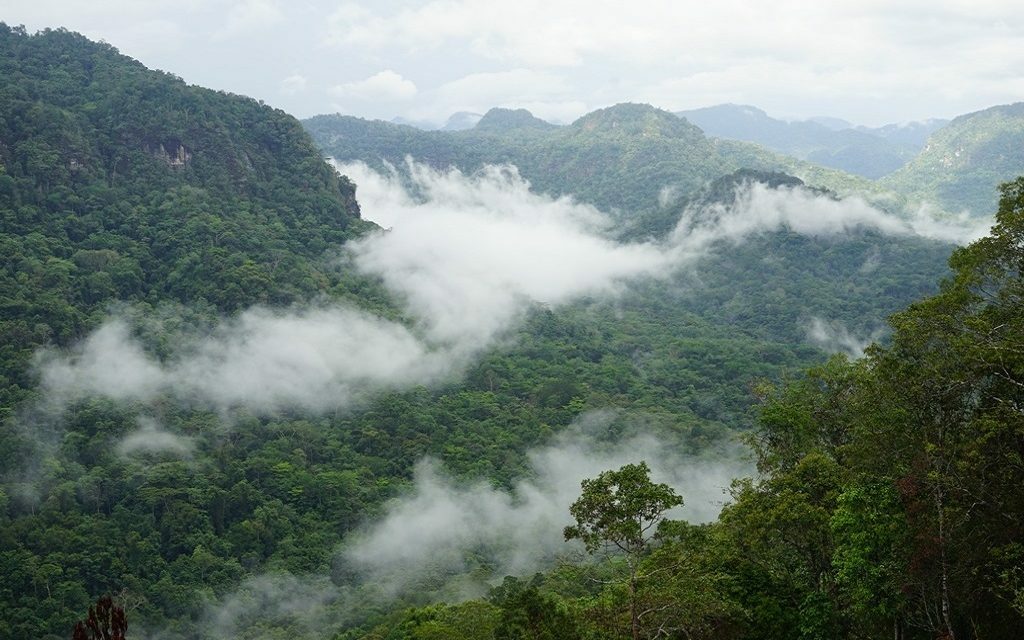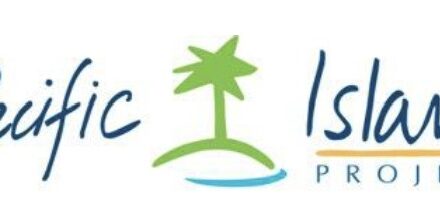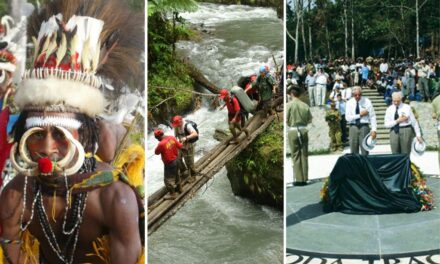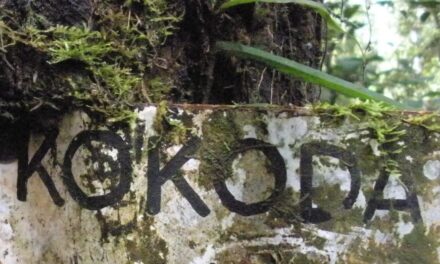‘Just a day’s travel from Sydney, Melbourne or Brisbane and you can be on the Kokoda Trail.
‘At the foot of the Owen Stanley Ranges in Papua New Guinea you can look into the ancient landscape – majestic peaceful wilderness, nature in its full glory. There have been tracks across the mountains for thousands of years – the people who inhabit the region were gardening at the same time agriculture was developing in Ancient Egypt. The strength of natural and cultural heritage is beyond simple words; fascinating, awesome, daunting – world class.’
Yet the battles of 1942, and the contemporary interest in Kokoda, are what have made it Papua New Guinea’s No.1 tourist attraction. In 1942 it was Australians and Papua New Guineans fighting Japanese for what was then Australian land. Young men in a bloody struggle for ‘their land’. The battle has become folklore in Australia – a place of pilgrimage like Gallipoli, Villers-Bretonneux, Sandakan, Passchendaele.*
Sadly, the tourism potential of the gateway to the ancient Trail at Owers Corner has suffered from bureaucratic indifference since the end of the war in 1945.
Air Niugini’s Paradise magazine describes a visit to Ower’s Corner, where ‘the road becomes a footpath that connects the start of the Kokoda Trail . . . just an hour and a half from downtown Port Moresby’.
Today, Visitors who make the journey are bound to be disappointed. Rather than looking down on a traditional village with a commemorative memorial and a thriving local market they are confronted with what can only be described as a patchwork of Australian aid-funded memorial graffiti.
An ugly steel structure with large girders dominates the site as an unsightly ‘gateway’ to PNGs most popular tourism destination – the Kokoda Trail.
A contemporary purple Ranger’s Hut with a galvanised iron roof stands as a thoughtless bureaucratic eyesore to their impeded vision.
A lone 25-pounder gun under an iron roof without interpretation has been plonked in the centre of the area.
Nearby are three panels with a politically correct, but historically incorrect interpretation of the Kokoda campaign.
And to round it off Aid funded power poles and wires from the New Zealand Government now encircle the area as a final ‘up yours’ to the surrounding environment.
An abandoned campsite built by the DFAT-Kokoda Initiative in 2009, with the best of intentions acts as reminder of poor planning and a lack of consultation with local landowners.
Occasionally, visitors may find a few village women sitting quietly on the ground with bilums, a few cans of warm coke, and twisties for sale. Some cast a cursory eye over their wares but rarely buy anything – they bring their own cold drinks and snacks and most have already brought bilums from markets in Port Moresby. To say they are underwhelmed when they visit the site is an understatement.
There are no income earning opportunities for local villagers. There is no entry fee. There are no traditional welcomes. There is no place for a commemorative ceremony. There is no shelter for visitors. There are no decent toilets.
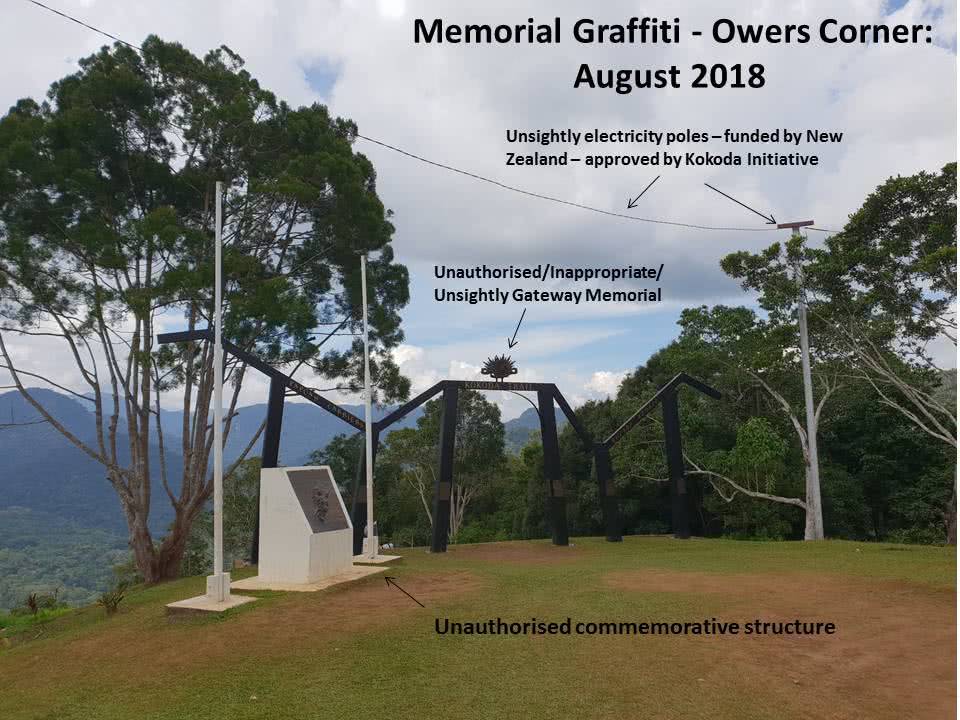
For reasons known only to Australian Aid-funded officials Owers Corner doesn’t rate, and the local community doesn’t matter!
This is despite the fact that more than 55,000 Australians have trekked Kokoda over the past decade generating around K60 million into village economies via fees, wages & local purchases.
A further K70 million has been generated within the PNG economy via international airfares, hotel accommodation, charter aircraft, and the provision of services.
Approximately 3,300 trekkers cross the Kokoda Trail each year, which generates a total spend of K30 million per annum in Australian and PNG.
The increase in trekkers from 76 in 2001 to a peak of 5,621 in 2008 transformed the Kokoda Trail into Papua New Guinea’s most popular tourism destination.
This was achieved by private trekking companies who developed the market independently of Government intervention.
During the period 2004 – 2008, trekker numbers increased by 255% from 1,584 to 5,621 under the management of a local CEO on a salary of K25,000 with a part-time secretary.
After the DFAT Kokoda Initiative assumed control of the Kokoda Track Authority in 2009 an Australian CEO was appointed on a salary of K360,000 plus allowances and generous tax deductions – it was his first time in PNG.
There was a 10-fold increase in staff to help him.
Since then, trekker numbers have declined by 42% from 5,621 to 3300 despite an injection of more than K150 million of Aid funding into the DFAT Kokoda Initiative which has preferred to manage the Trail as a bureaucratic environmental asset at the expense of its tourism potential.
Papua New Guinea should therefore consider reclaiming ownership of the Trail from its ‘gateway’ at Owers Corner to the village of Kokoda on the northern side of the Owen Stanley Range.
This will require a full appreciation of its value as an international wartime tourism destination.
PNG Tourism should seek to understand why some 9000 Australians visit Gallipoli each year at an average cost of K18,000 for the pilgrimage – yet so few visit Kokoda which is closer, safer, cheaper and more significant to current and future generations of Australians because:
‘At Gallipoli we fought for Britain and lost – at Kokoda we fought for Australia and won!’
Owers Corner certainly has the potential to become the most visited tourism destination in Papua New Guinea because of its wartime historical significance and its road access to the nation’s capital.
From a marketing viewpoint, the name ‘Kokoda’ now shares equal billing with ‘Anzac’ and ‘Gallipoli’ in Australia.
There are two distinct markets for Kokoda in Australia – a minority who have the physical capacity to trek across it, and a majority who have the desire and the financial resources to visit it.
Our increasing interest in wartime history is evident in the fact that more than a million people visited the Australian War Memorial in Canberra in 2019 – including 132,576 students. The memorial has now committed to a K1 billion enhancement program.
So, what needs to be done?
A staged development of a Visitors Centre at Owers Corner and the extension of a sealed road from Sogeri would make it accessible to international visitors in the nation’s capital which has a paucity of quality tourism attractions.
A visionary Owers Corner Visitors Centre could include a diorama on the Kokoda campaign; a theatre for the showing of historical documentaries; a reading room with historical books and magazines; a research facility for PNG history graduates; an arts and crafts shop; and a coffee lounge. The building would offer expansive views across the Owen Stanley Ranges.
The centre could be modelled on the Indigenous Visitors Centre at Mossman Gorge in far North Queensland, Australia.
The precinct could include a replica village featuring traditional Koiari treehouses, and an outside theatre for the performance of traditional dances.
Such a development would see the establishment of a sustainable day-trekking industry with short, guided treks down to the Goldie River and/or up to Imita Ridge and back.
It doesn’t take too much imagination to realise the potential of the area.
Imagine . . .
A replica of a traditional Koiari village with tree-houses . . .
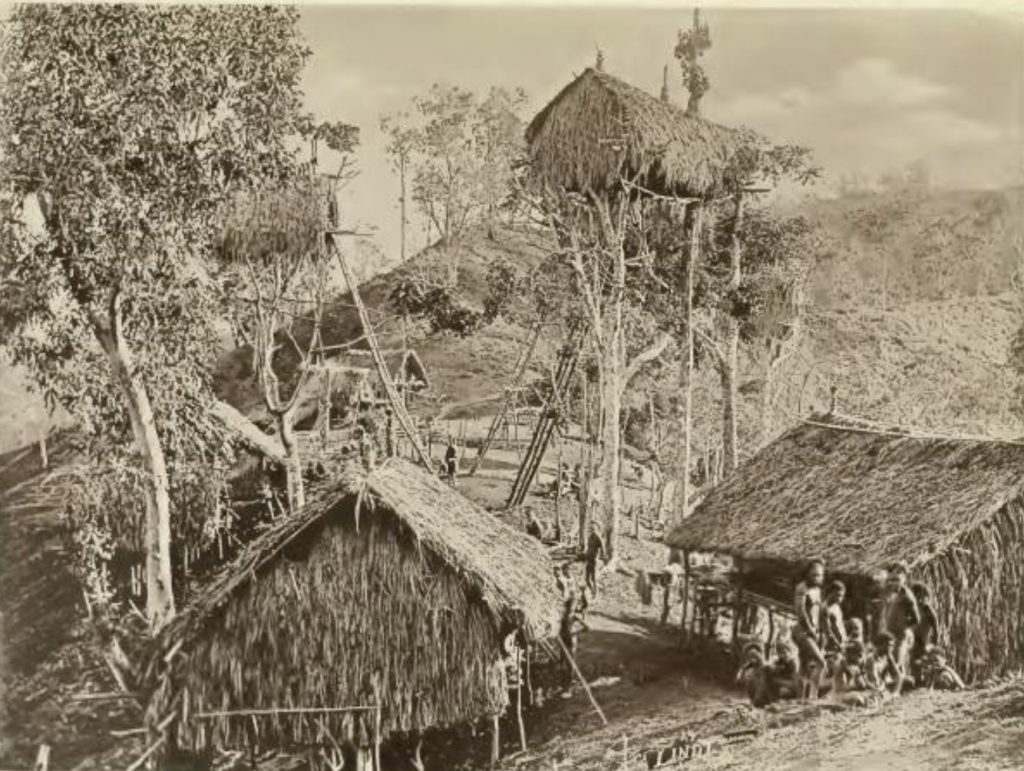
Imagine . . .
an imposing granite wall with images of soldiers and ‘fuzzy-wuzzy angels’ with an empty tomb (i.e., a ‘Cenotaph) dedicated to the spirit of the ‘fuzzy-wuzzy angels‘ whose bodies were never found – a place where visitors could lay a wreath or a poppy – and no need to bring them with you as they can be purchased from stalls built from ‘bush material’ in the traditional Koiari village. They could also buy a mug of PNG brewed coffee and scones from an adjacent stall, or cold drinks from their solar powered fridge. Traditional bilums with ‘Kokoda Trail – Owers Corner’ screened on them would be popular as would carved trekking poles. Visitors could observe these being made by locals sitting around their stalls.
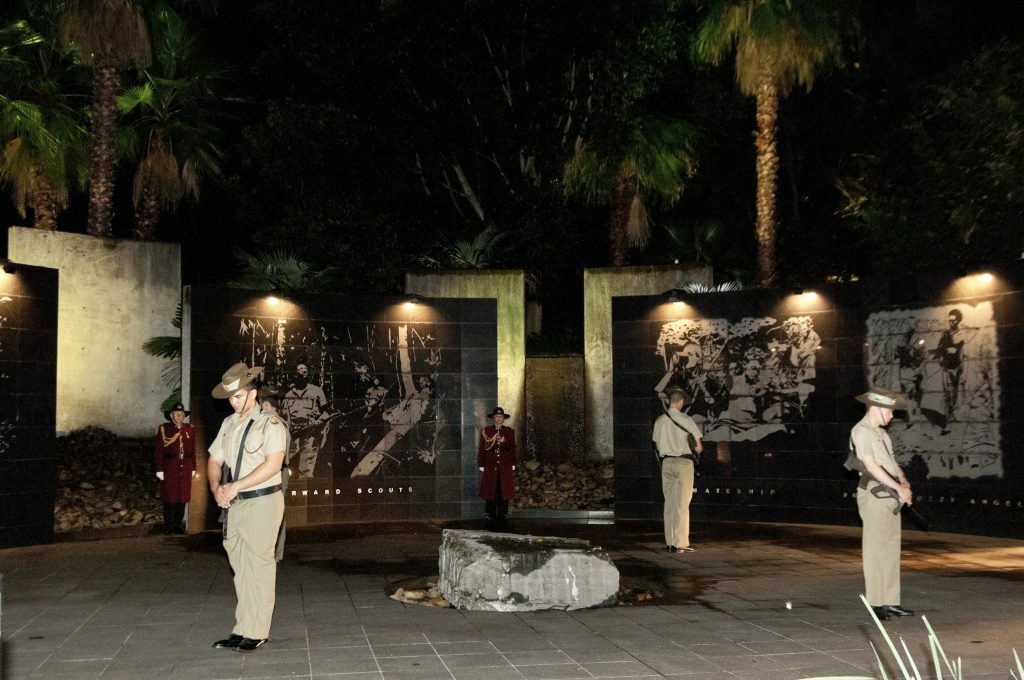
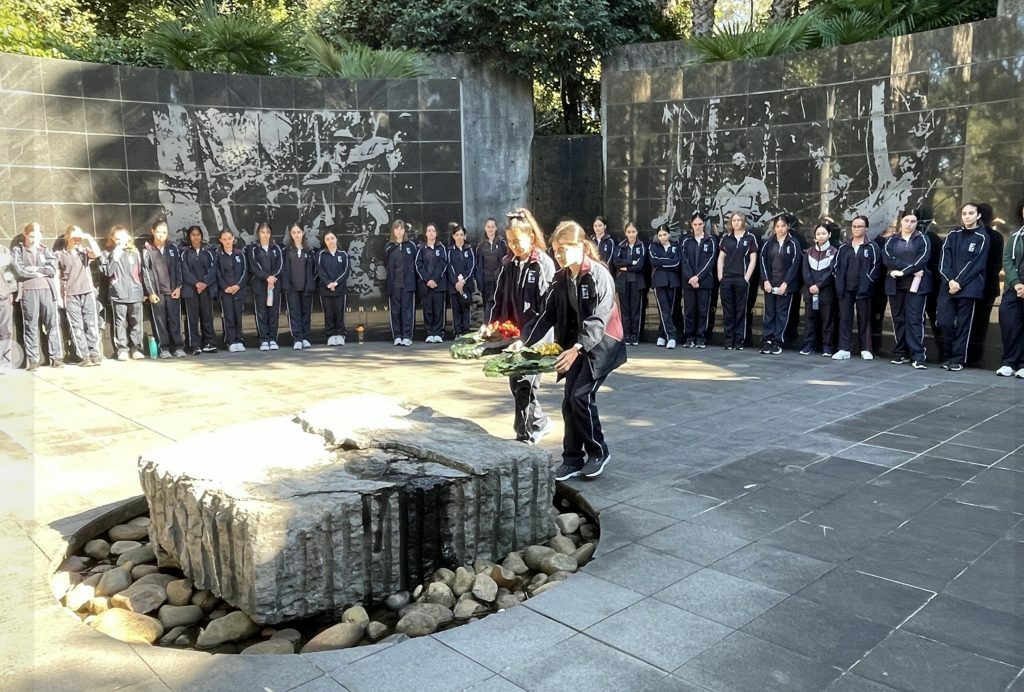
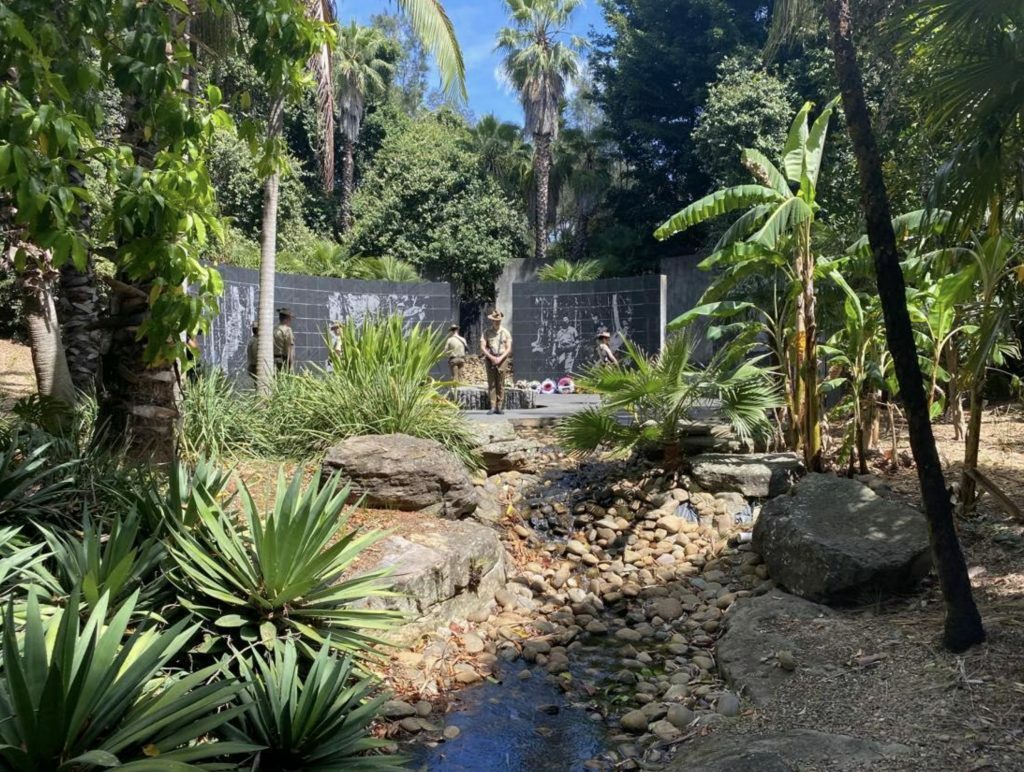
Imagine . . .
A ‘Visitors Centre’ with a diorama on the Kokoda campaign; a theatre for the showing of historical documentaries; a reading room with historical books and magazines; a research facility for PNG history graduates; an arts and crafts shop; and a coffee lounge. . .
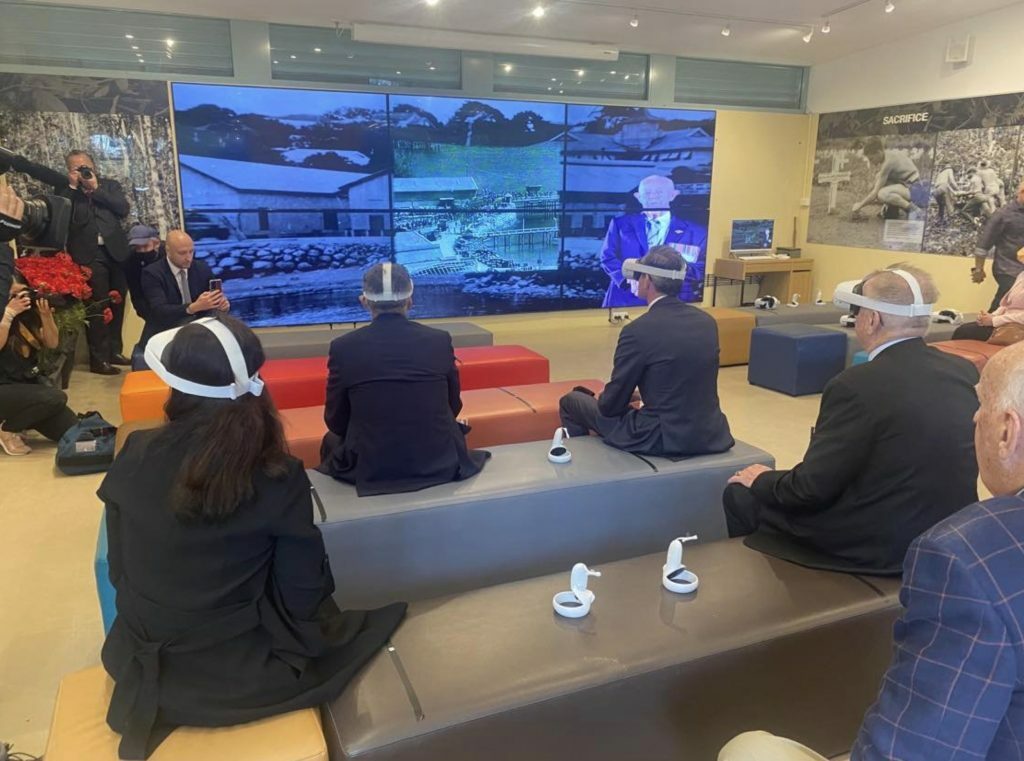

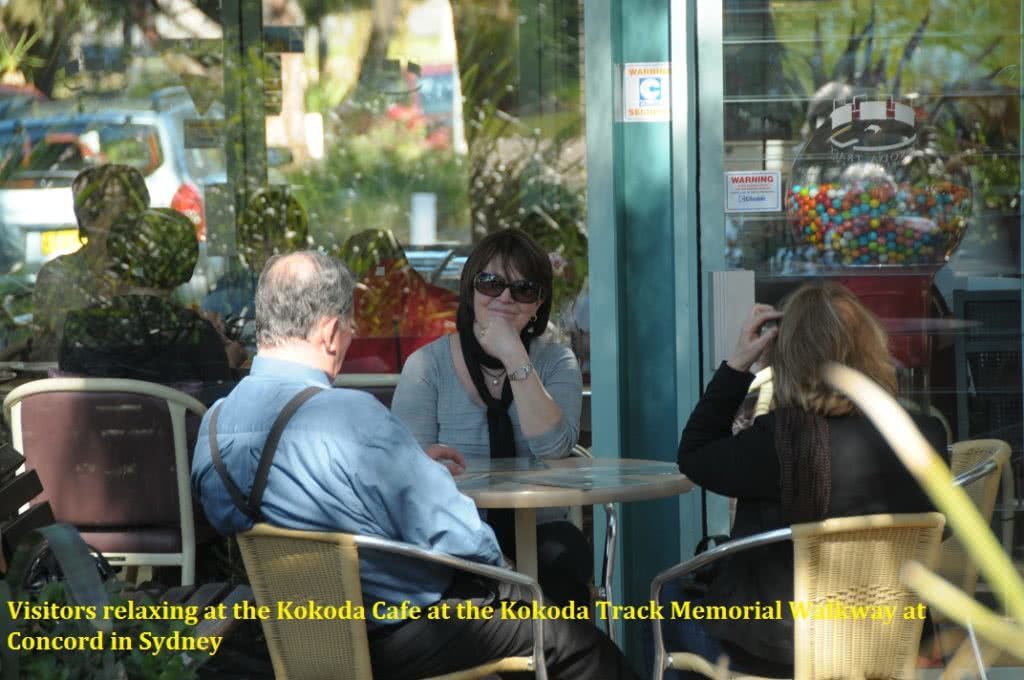

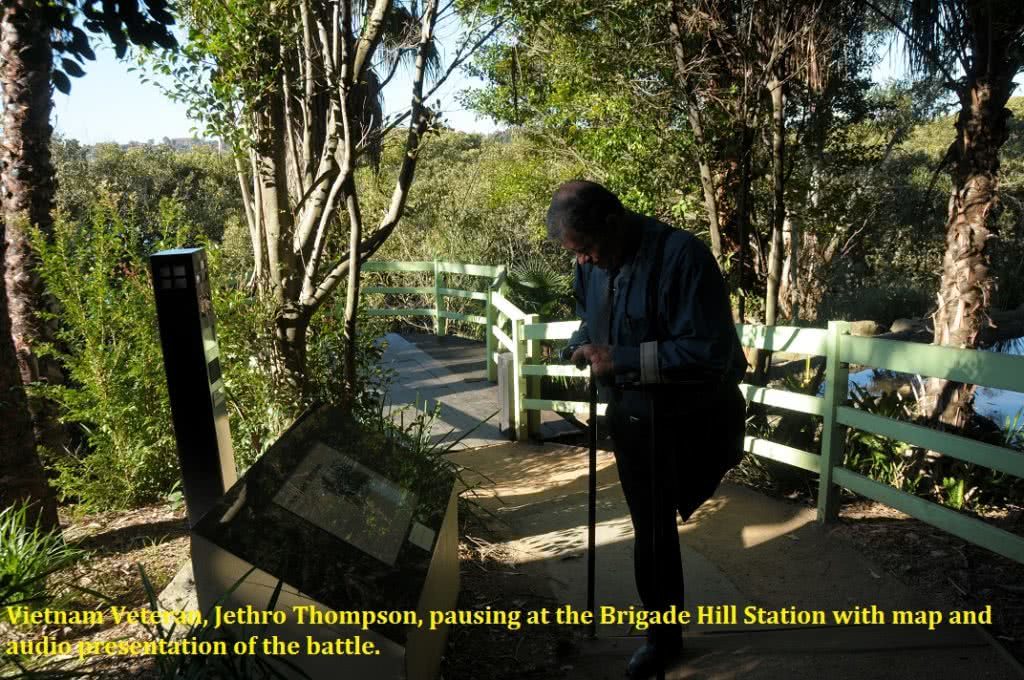
Plus . . .
- a small museum with restored weapons – a .303 rifle; a Bren gun, an Owen gun, a 3” mortar, M36 hand grenades, bayonets, mess tins, soldiers’ uniforms, pictures, etc adjacent to the 25-pounder gun. These could be obtained on loan from the Australian War Memorial as Papua was Australian territory in 1942 so it would be within the charter of the AWM to support it.
- interpretive signs and maps that would provide visitors with an accurate historical understanding of the Kokoda campaign, the Koiari people and the local flora and fauna.
- a traditional gateway incorporating a carved signpost indicating distances to all the significant battlesites and villages through to Kokoda. Trekkers would pass through it to the beat of kundu drums to announce their departure from, or arrival at, Owers Corner.
- having the opportunity to trek down to the Goldie River for a barbeque – or stay overnight in traditional village huts – or trek to Imita Ridge and back.
‘The only thing worse than being blind would be to have sight, but no vision’.
Helen Keller
Owers Corner today . . .
a patchwork of uncoordinated projects without any regard for the tourism potential of the area . . .
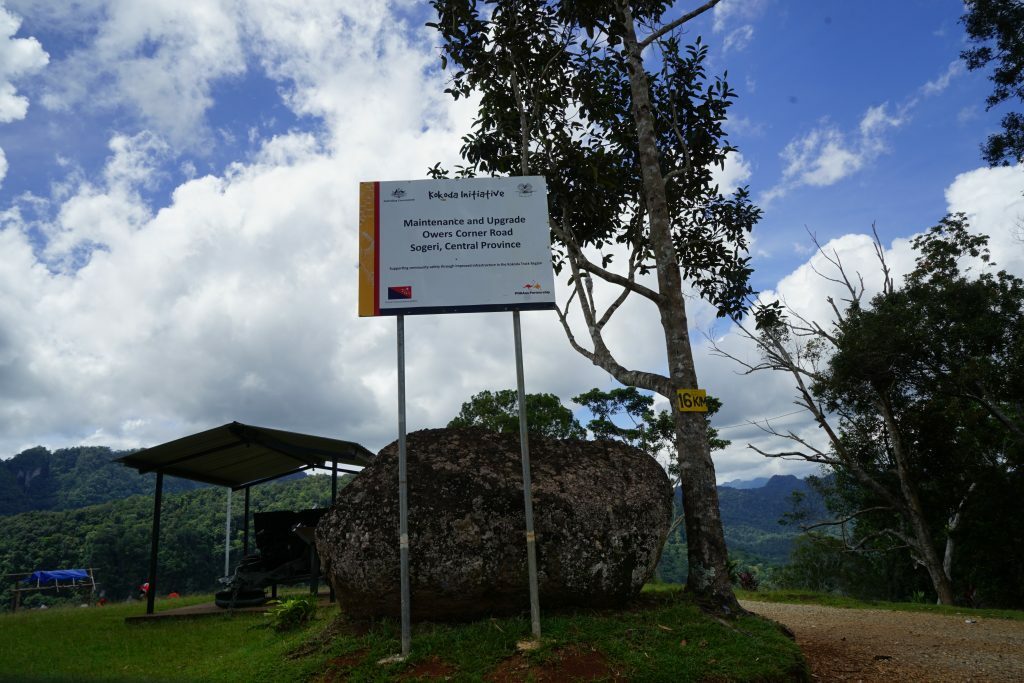
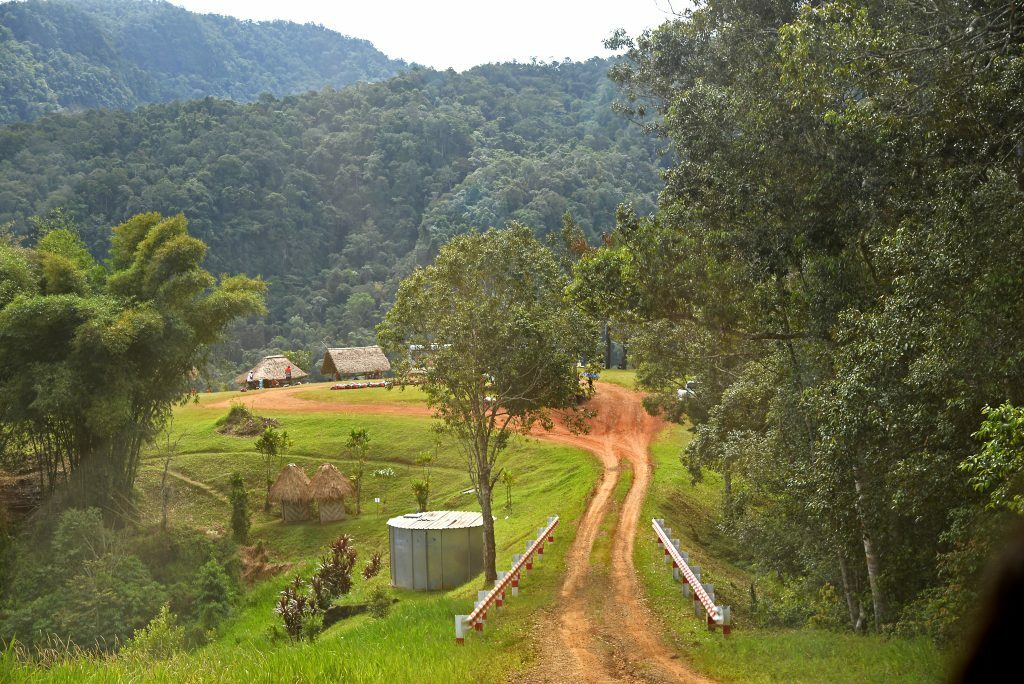





Historical Note:
Owers Corner is named after Captain Jerry Owers[i], an army surveyor from the New Guinea Volunteer rifles. In August 1942 he was given the task of surveying a road that would bypass Uberi, Imita Ridge with its ‘Golden Stairs’. It was an impossible task, and the project was dropped in early October 1942 after the jeep route had been developed only as far as the Goldie River.
Jerry Owers was born at Inverell, New South Wales, on 12 April 1907. He was educated in Sydney and, after completing articles with E.J. Kenny & Son, became a licensed surveyor in 1931. He worked in the Orange district under another licensed surveyor, but, with jobs scarce in Australia because of the Depression, in 1933 he took employment with New Guinea Goldfields Ltd at Wau.
During a return visit on leave to Australia in 1935, he married Catherine Mary Walsh. They had twin sons in 1936.
A local militia unit, the New Guinea Volunteer Rifles, was raised in September 1939. Owers became a member of the unit in June 1940 and was commissioned lieutenant on 3 November 1941. With a Japanese attack on New Guinea imminent, Owers wife and sons were evacuated to Australia.
In January 1942 Owers was called up for full-time duty. He was posted to the New Guinea Survey Section on that unit’s formation in March. Apart from his work on the Kokoda Trail, he later led an attempt to blaze a track from Abau, on the south-east coast of Papua (mid-way between Port Moresby and Milne Bay), across the island to the north coast below Buna.
Seconded to the Australian Imperial Force in September 1942, Owers was transferred to the Royal Australian Engineers the following month and became Intelligence Officer (IO) Engineers at Headquarters, New Guinea (NG) Force. He was promoted to captain on 26 November.
Owers subsequently served as IO Engineers on the headquarters of I Australian Corps from August 1943 until April 1944, when he took over the same post at II Australian Corps for a month. From May until October 1944, he was again IO Engineers with NG Force, before returning to II Corps. He had been mentioned in dispatches in December 1943 for his “gallant & distinguished services”.
Demobilised in September 1945, Owers returned to his pre-war employment in New Guinea. He and his wife had a daughter in the post-war period. In 1972 he retired, and they went to Sydney to live, moving eventually to Perth to be near their daughter. He died in 1990.
Military Significance[ii]
During the month of September 1942, two 25 pounder field guns of the 14th Australian Field Regiment were brought forward to Owers Corner, where they were manhandled into firing positions.
This was the only allied Field Artillery used during the Kokoda campaign to support our infantry troops who had fallen back to their last line of defence on Imita Ridge – just 48 km from the Japanese objective of Port Moresby.
A third 25 pounder field gun was dismantled and manhandled to Peg 66 beyond Uberi however, by then, the Japanese had withdrawn beyond the range of the gun.
Following the action at Owers Corner from 22-28 September 1942, the Commander Royal Artillery 7th Division, Brigadier L.S. Barker despatched the following:
‘The ejection of the enemy from Ioribaiwa Ridge indicates a turning point in the battle for Port Moresby. The success of our forces was due in no small part to the action of 53rd Field Battery, 14th Field Regiment in bringing fire to bear on the enemy position which they had every reason to consider was safe from artillery fire.
‘The way difficulties were overcome in bringing guns into action at Owers Corner and later in taking guns forward to Uberi is another example of the aptness of the gunner motto, “UBIQUE” (Latin for ‘everywhere’ which is the regimental motto of the Royal Australian Engineers and Artillery).All units which participated in the Owen Stanley Campaign between McDonald’s Corner and Kokoda, passed through Owers Corner.
Later as the counter offensive was under way, on October 3, Generals MacArthur, Blamey, Herring and Kenney accompanied by the Minister for the Army, Mr Frank Forde, visited Owers Corner as the 16th Brigade began their move towards the objective, Kokoda.
General MacArthur told Brigadier J.E. Lloyd the commander, “Lloyd, by some act of God, your Brigade has been chosen for this job. The eyes of the Western world are upon you. I have every confidence in you and your men, good luck, don’t stop.”
“Michael Pender report commissioned by Network Kokoda in support of a Military Heritage Plan for the Kokoda trail
[i] Contributed by Dr Chris Clark (Australian War Memorial)
[ii] Malum Nalu Blog

